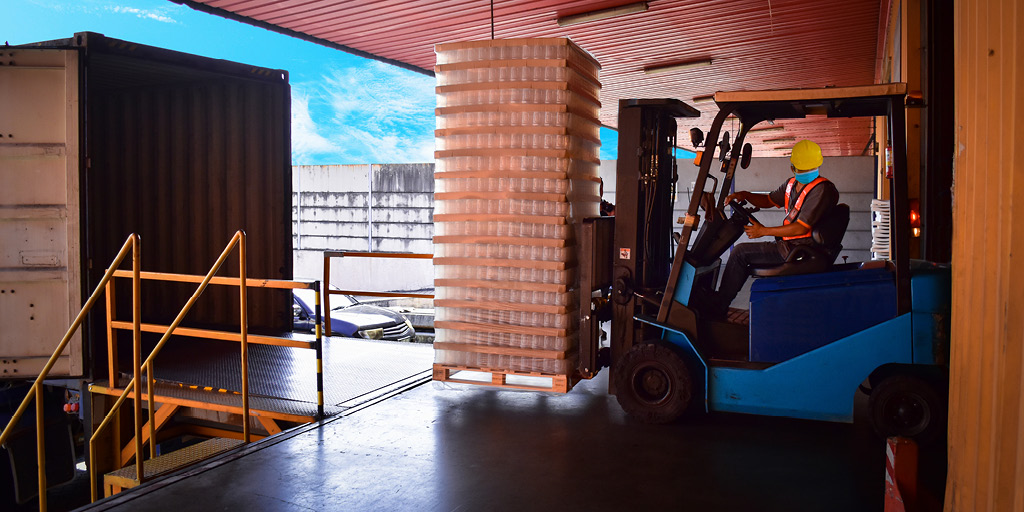Problems at the loading dock lead to severe implications for shipping spend – and service. Among other things, delays at the dock create added risk for detention charges. Dock scheduling support makes a big difference in your outcomes.
According to the latest detention time survey from the Owner-Operator Independent Drivers Association Founndation,
- 49% of the respondents always attempt to receive compensation for detention.
- 51% vary between usually, occasionally, and never attempting to receive detention time pay.
With the chances for more detention time charges growing, shippers need to have a thorough list of do’s and don’ts for managing the dock and ensuring the dock schedule flows uninterrupted.
Don’t Waste Time With Dock Scheduling Phone Calls and Emails
Manual check calls lead to lost oversight and challenges in keeping your dock scheduling system operational.
Do Streamline Dock Scheduling Process With an Integrated Portal
An integrated portal helps shippers strategically provide available appointments and avoid ambiguity when scheduling carrier arrivals. Furthermore, this streamlined process makes it easier to prevent warehouse backlogs and helps teams facilitate cross-docking and other alternate fulfillment models.
Don’t Delay Planning Until Trucks Arrive
Leaving your dock space subject to the traditional first-come, first-served basis creates bottlenecks which can drive shipping costs higher across both inbound and outbound freight.
Do Account for Trucks Before They Head to Your Warehouse
Don’t Require Carriers Contact Your Team For Scheduling Dock Arrivals
Do Give Carriers the ability to Self-Schedule Dock Time
Rather than relying on a slow, sub-standard communication process, shippers can give carriers the authority to self-schedule their appointments. Advanced dock scheduling software is a powerful piece in the technology suite for retailers and manufacturers.
Calculate your potential Saving While Using an enterprise TMS
Create More Value With Integrated Dock Scheduling Features in Your Tech Stack
Integrated dock scheduling is the future of yard and dock management.
There are too many risks for higher freight spend already in the world. Lost time in dock scheduling or management promises to drive up landed freight costs. It’s time to force dock inefficiencies into retreat by leveraging a world-class, high-visibility transportation management solution.
Speak with a MercuryGate expert to get started today


